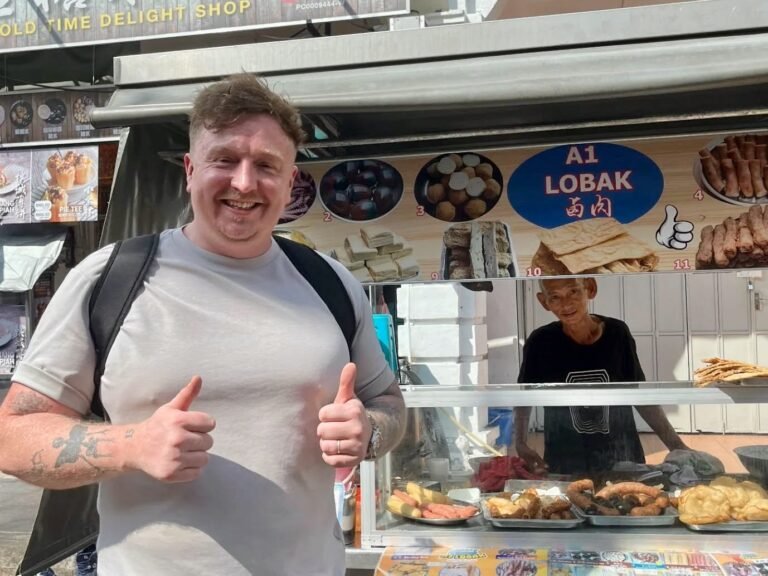
A snack from Pezzy, a mission-driven pet food startup, has just one ingredient: wild-caught silver carp from the Mississippi River.
Carp are an invasive species in the river and incredibly destructive. Pezzy is one of a handful of brands now using it as a healthy ingredient in pet snacks—so your dog or cat can help fight against the environmental problem.
In theory, it’s possible to create “a robust industry around invasive species,” says Mike Mitchell, the founder of Pezzy Pets, which also makes treats from other invasive species like the devil fish (armored catfish) and lionfish.
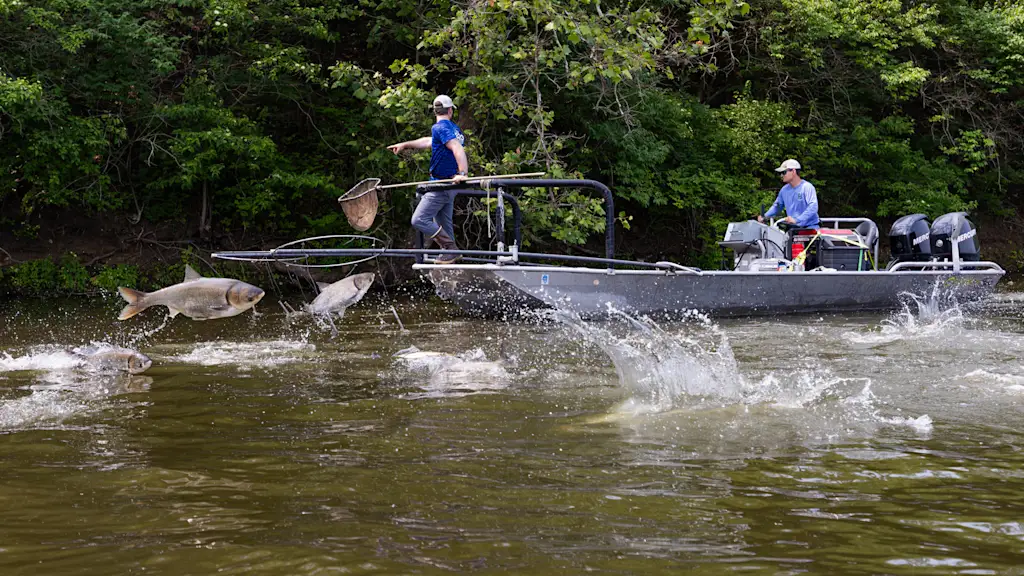
The problem with carp
Asian carp were intentionally introduced to the U.S. in the 1970s to help clean aquaculture ponds. The idea almost immediately went awry when the carp escaped into rivers during the first heavy rainstorm. Without any natural predators, their population exploded. They outcompete native fish for food and have broken the larger food chain.
“They’re really decimating native species populations, as well as water quality,” says Julia Kurnik, senior director of innovation startups at the nonprofit World Wildlife Fund’s Markets Institute. In June, the environmental group published a report looking at the potential for the pet food industry to help mitigate the challenge.
In some parts of the Mississippi River, carp now make up 95% of the biomass. The fish are large—up to 100 pounds—and can jump out of the water and hit people in boats. That, along with the fact that Americans don’t eat carp, means that fewer people want to fish in Midwestern rivers—so the species is also impacting the region’s $10 billion sport fishing industry.
Why most carp go unfished in the U.S.
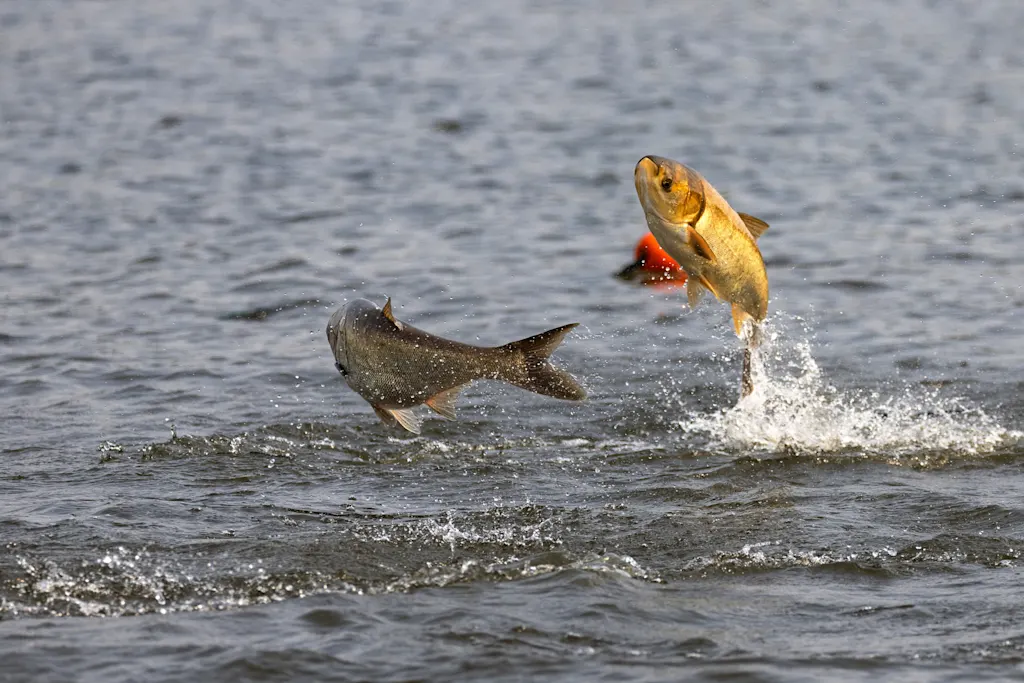
Some states have attempted to get more people to eat the fish. The Illinois Department of Natural Resources tried to rebrand the fish as “copi” (short for “copious”) and talk up its nutritional profile. Carp are extremely high in protein and omega-3 fatty acids, have a long list of vitamins and essential minerals, and are low in toxins. The flavor is mild.
But the fish is also bony, so it can’t easily be made into a filet like American consumers expect. It’s also hard to get consumers to eat new types of fish. Pezzy initially tried making snacks for humans. “The story resonated with people—the environmental angle and what we were doing with the communities,” Mitchell says. “But it’s difficult to get people to eat what I would call ‘weird fish.’”
Some carp are also used to make fertilizer, but because the profit margins are low, there aren’t many fisheries focused on it. There’s more potential for its use in pet food.
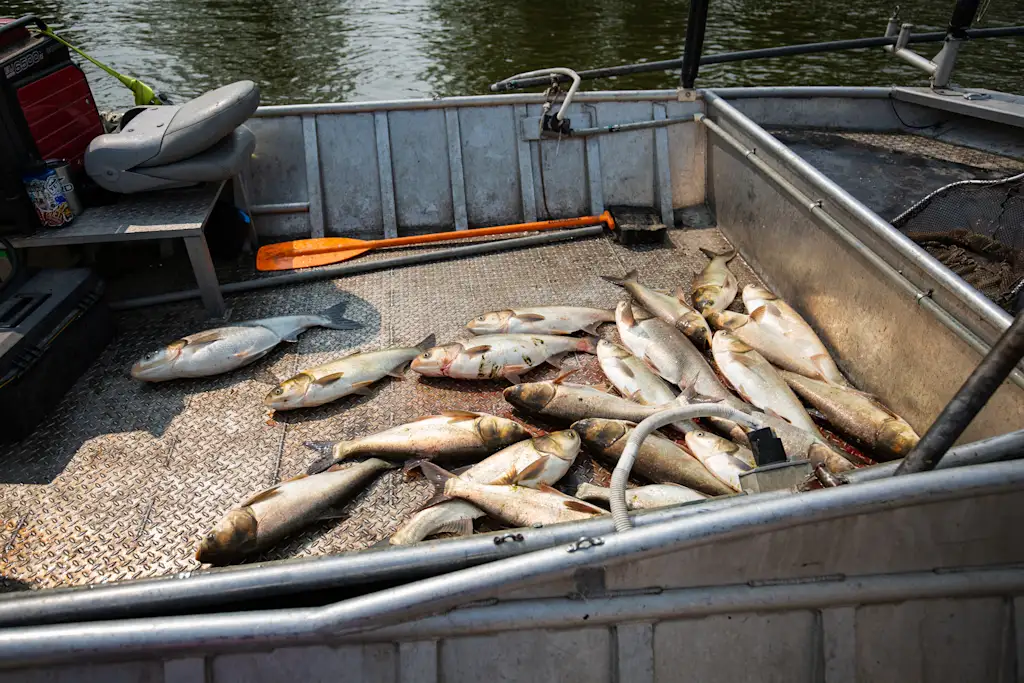
Carp in pet food
Right now, most pet food is made from byproducts of processing meat for humans. That’s a good thing, since it’s making use of food that might otherwise be wasted. Still, the number of pets is growing in the U.S., and manufacturers need more supply. “The growth in pet food demand is really outpacing the availability of those byproducts,” WWF’s Kurnik says.
A growing number of pet owners also want human-grade food for their dogs or cats, which means producing more meat, and a bigger environmental footprint. “Instead of sourcing beef directly for one’s dog, perhaps carp could fill in there and be a much more environmentally friendly alternative while still being the fresh, nutritious, produced-in-the-U.S. product that I think those pet owners are looking for,” she says.
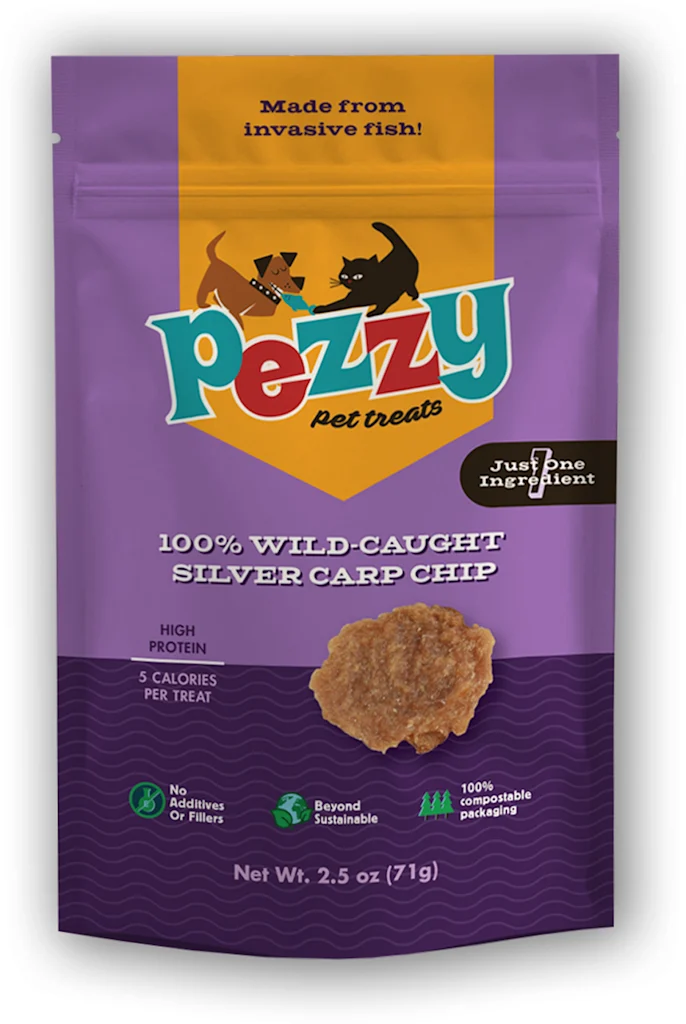
The fish doesn’t easily fit into the pet food industry’s current supply chain, which isn’t set up to process it. The supply is limited at the moment. Small brands like Pezzy, along with others like Archway, Chippin, and Wilder Harrier, have been able to source carp for relatively small production runs. But it would still be a challenge for larger producers to use it as an ingredient.
“There’s a bit of a chicken-and-egg problem in that it’s hard to invest, go get funds, and invest in large-scale processing for pet food if you don’t see demand from the pet food industry. But the pet food industry doesn’t typically engage before there’s a consistent quality supply that they can judge and then look at and decide,” Kurnik says.
WWF has been working to bring together all of the industry players to help move the idea forward. “I am optimistic that we’ll see continued scale on the processing side, and that we’ll then be able to reach these bigger pet food companies,” she adds.
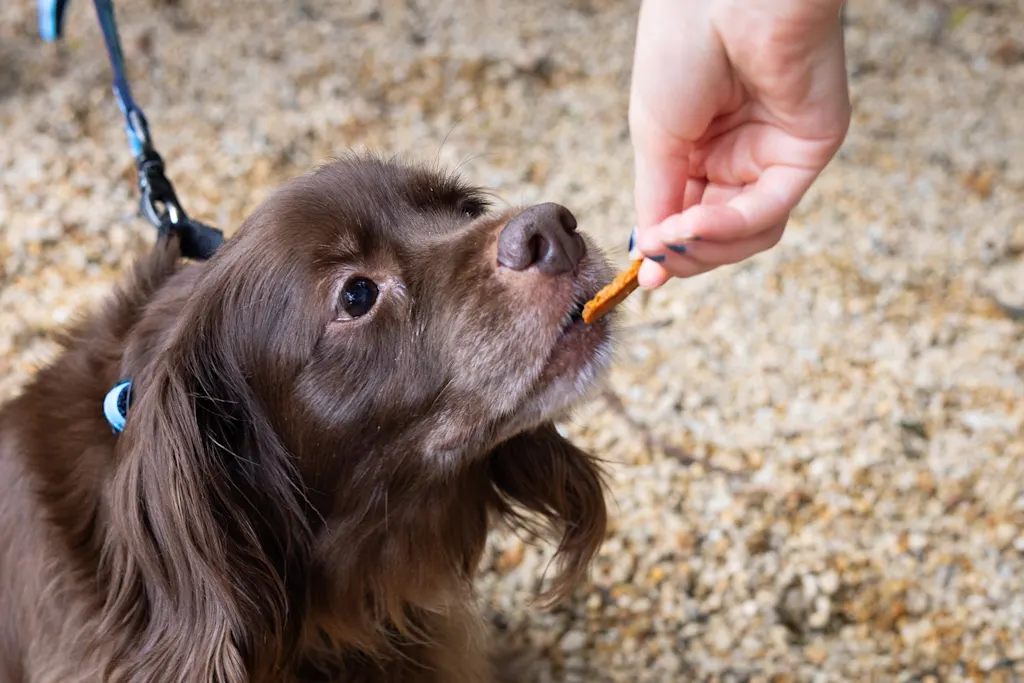
Four species of Asian carp are so widespread in U.S. rivers that it really isn’t feasible to eradicate them. “You could suppress density, though, which would then lead to increased biodiversity,” Kurnik says. “You can’t eradicate carp, but [you could] lower its population down to a level that native species have a chance and can begin to bounce back and be healthier.”
The project could be a model for other invasive species, such as Japanese kelp or apple snails.

